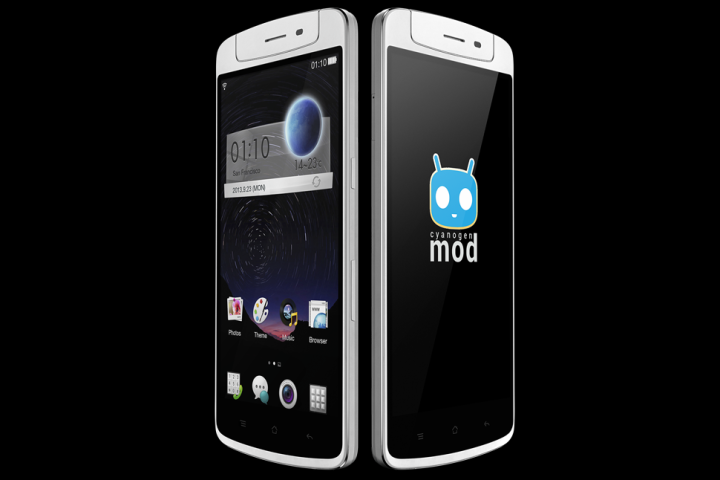
Microsoft’s Bing, Skype, OneDrive, OneNote, Outlook, and the entire Microsoft Office suite will all come standard on devices that run Cyanogen’s OS. With its new focus on apps for other platforms, Microsoft seems to be intent on converting iOS users from iWork to Office, and pulling Android users away from Google’s grasp. In addition to redesigning all its apps for iOS and Android, Microsoft has also made deals with Dell and Samsung individually to get its apps preloaded on their devices. Now that it has Cyanogen onboard, it seems Microsoft’s infiltration into the most popular mobile operating systems is complete.
Microsoft said it plans to “continue to deliver world-class experiences across productivity and communications on Windows, and we’re delighted that Cyanogen users will soon be able to take advantage of those same powerful services.”
For its own part, Cyanogen is glad to have a partner that’s not Google. Lately, the alternative OS has tried to forge its own path, away from Google. The company’s CEO even said that it’s “attempting to take Android away from Google.”
“People around the world use Cyanogen’s operating system and popular Microsoft services to engage with what matters most to them on their mobile devices,” said Kirt McMaster, CEO of Cyanogen Inc. “This exciting partnership with Microsoft will enable us to bring new kinds of integrated services to mobile users in markets around the world.”
In the past few months, CyanogenMod has also made partnerships with device makers to get its software preloaded onto more devices. India’s Micromax Yureka, Alcatel’s Hero 2+, and others run CyanogenMod out of the box.
Editors' Recommendations
- Google Messages vs. Samsung Messages: Which app should you use?
- The best iPhone and Android apps for Black History Month 2024
- If you have one of these apps on your Android phone, delete it immediately
- Google just redesigned one of its biggest apps, and it’s bad
- These are my 8 favorite charity apps for iPhone and Android


